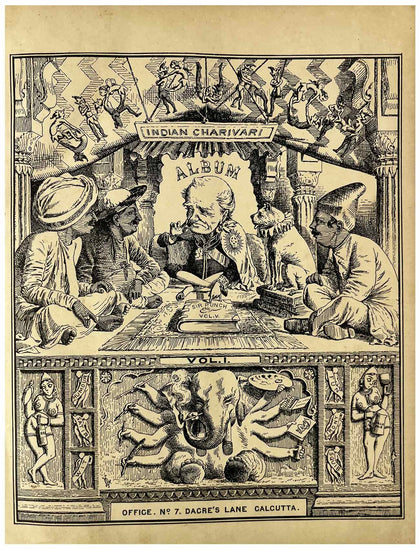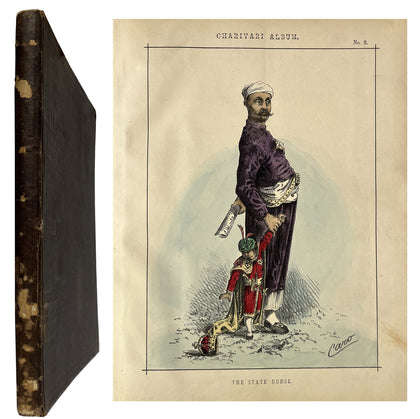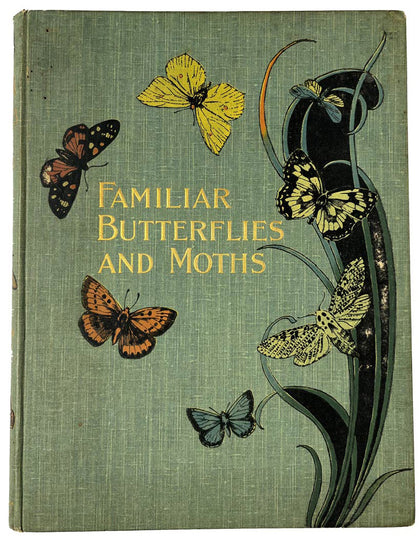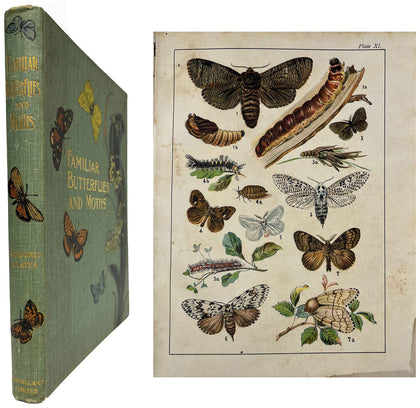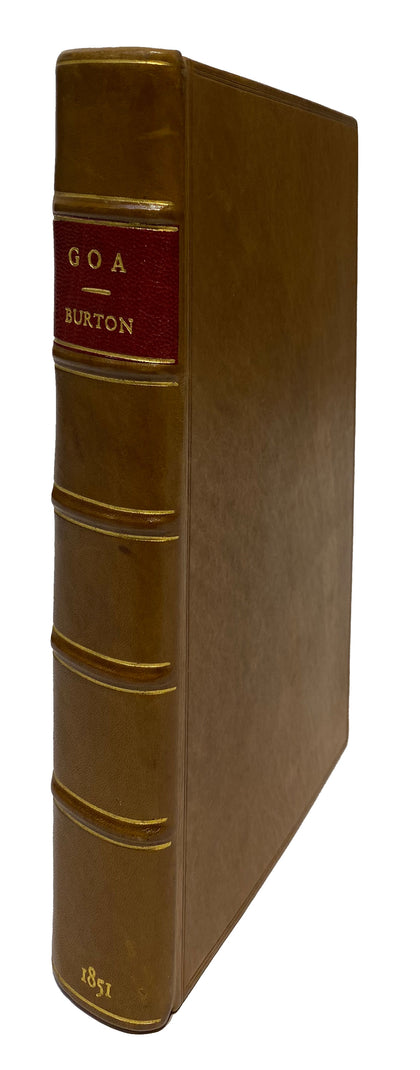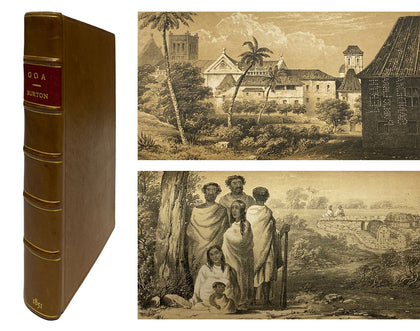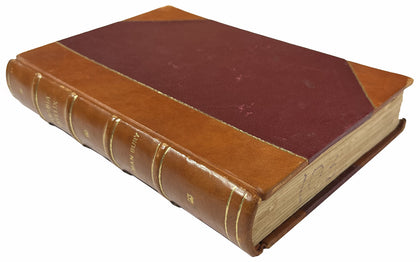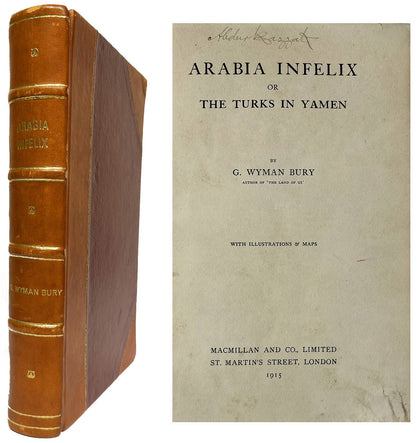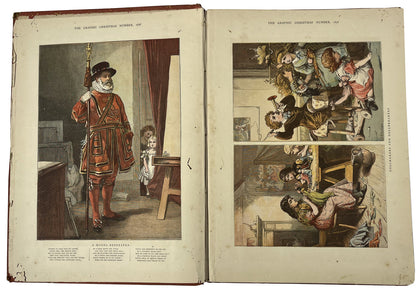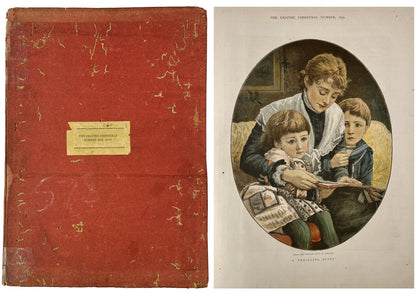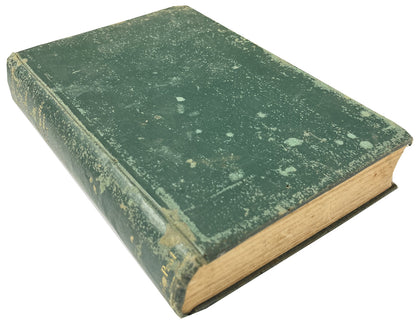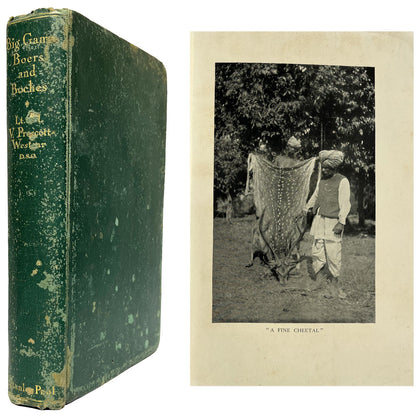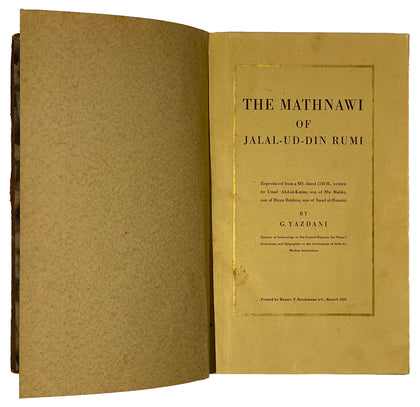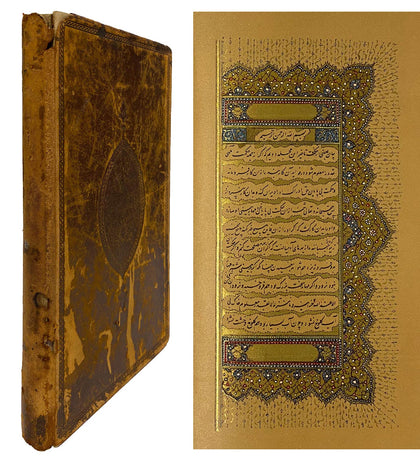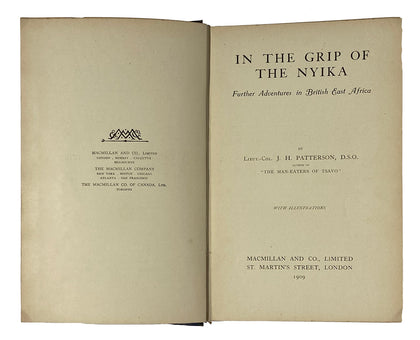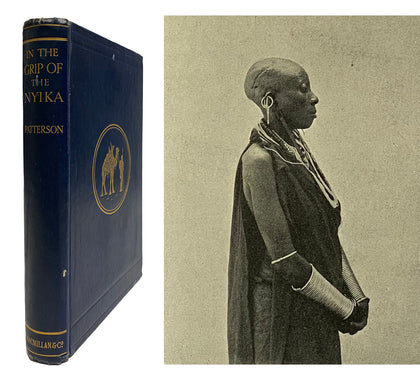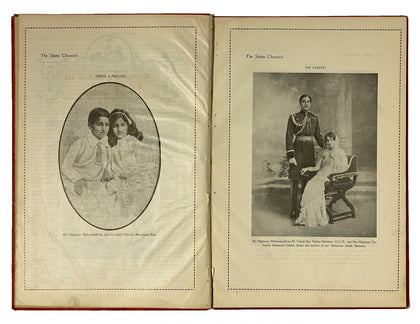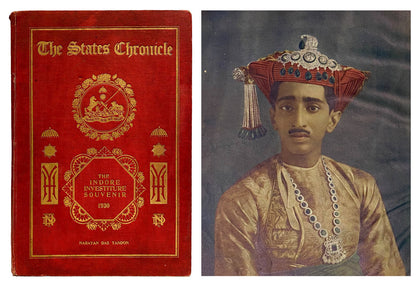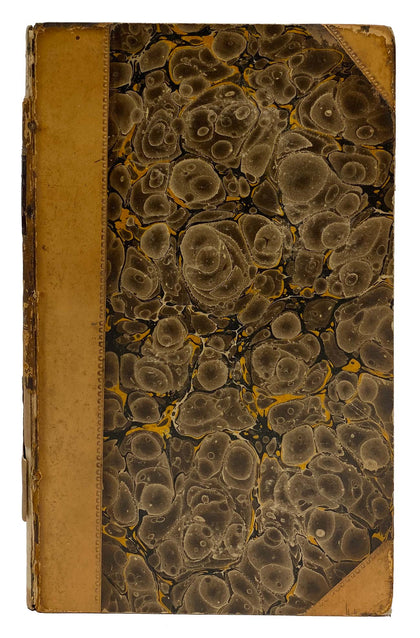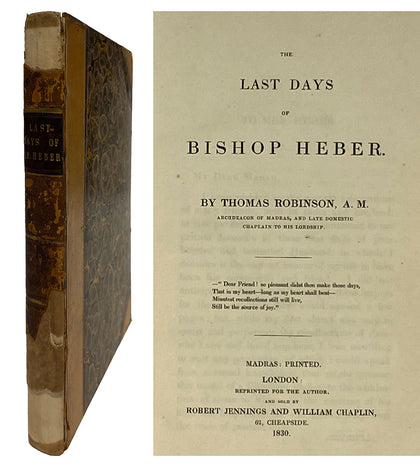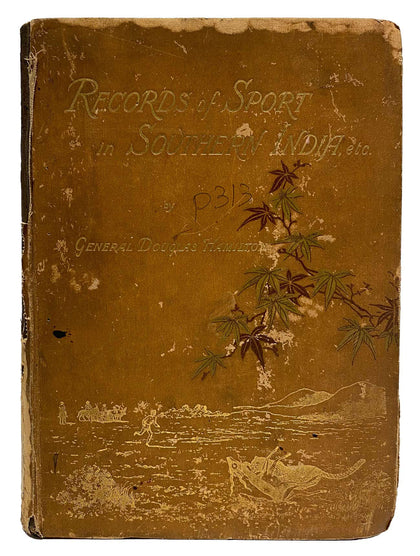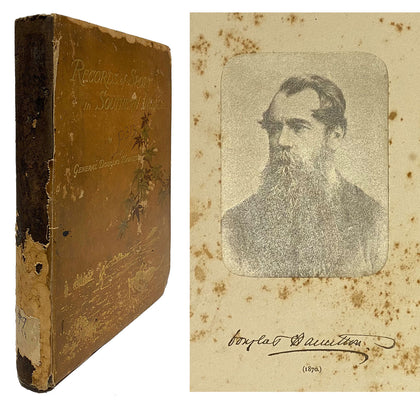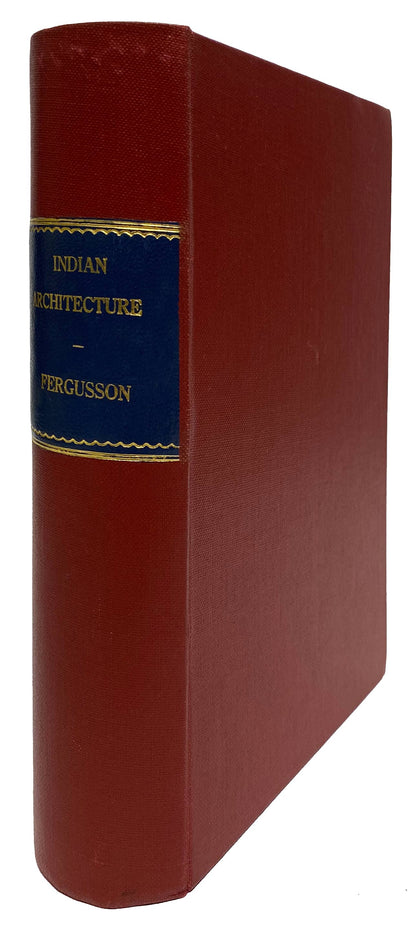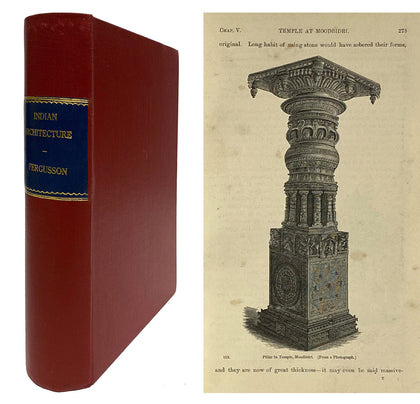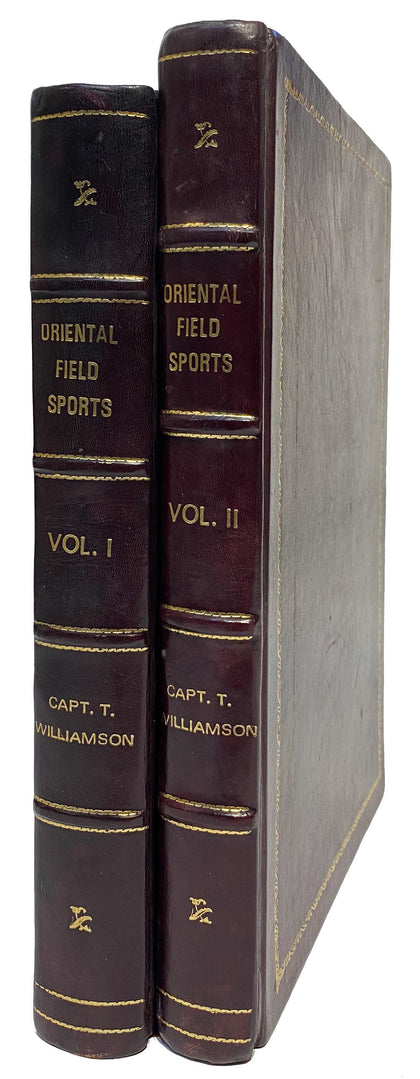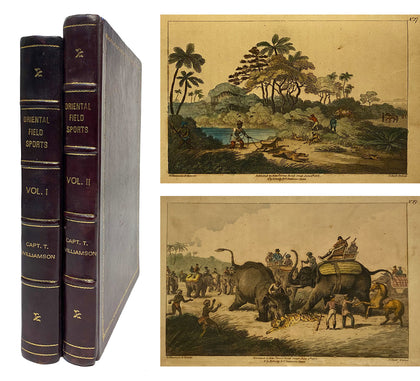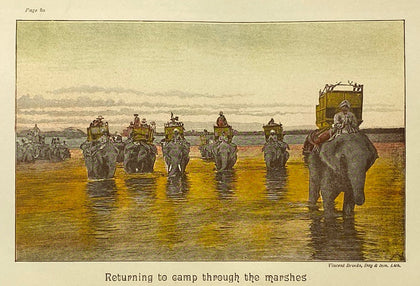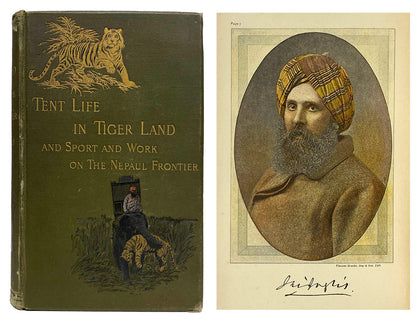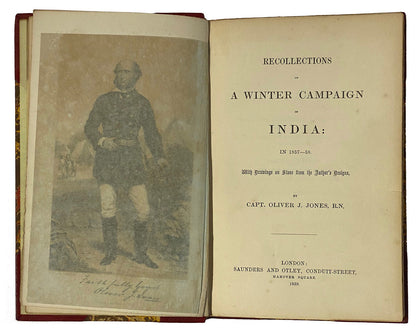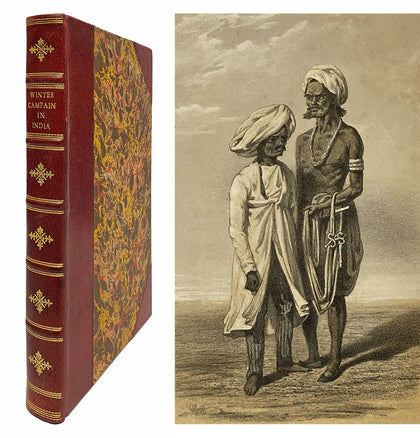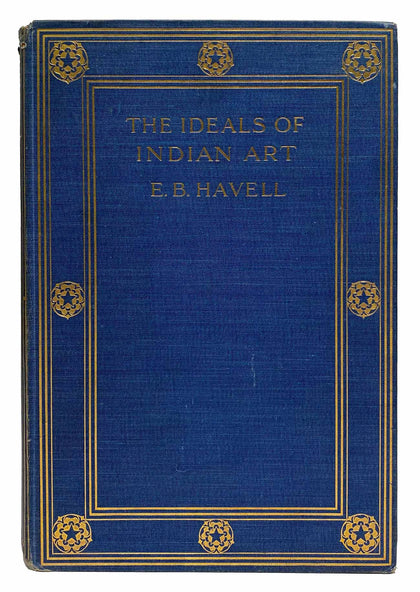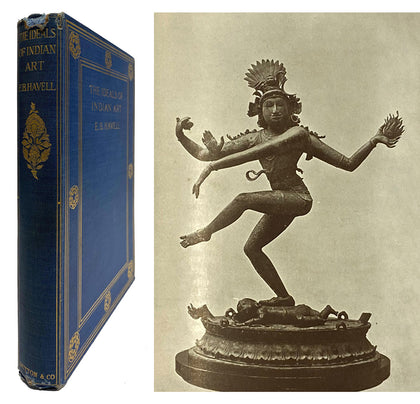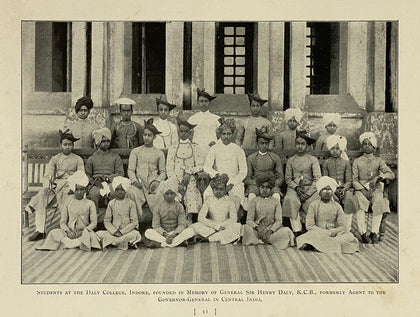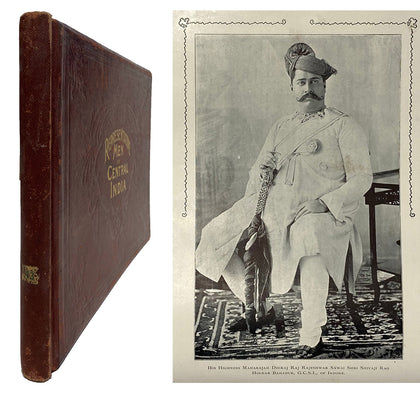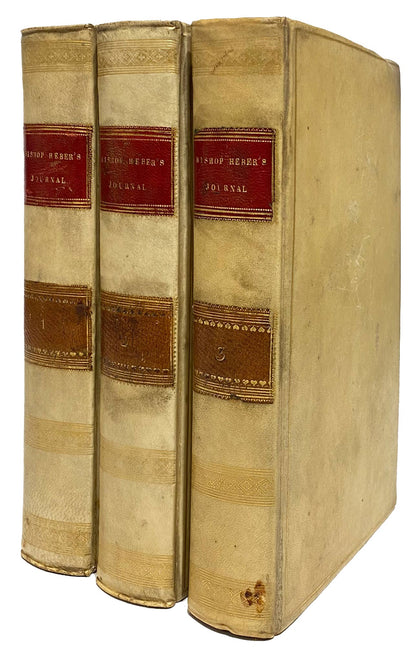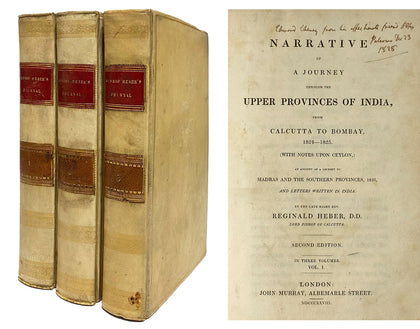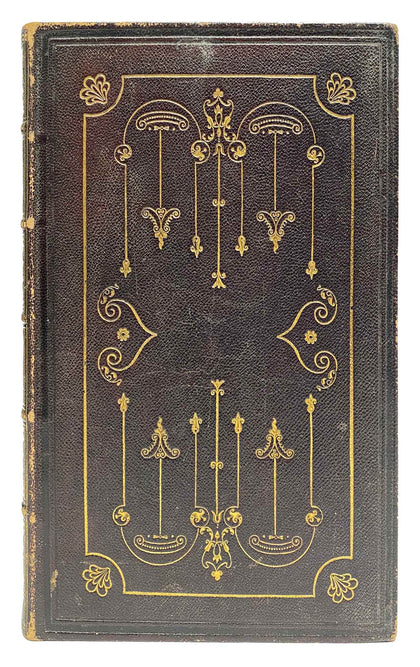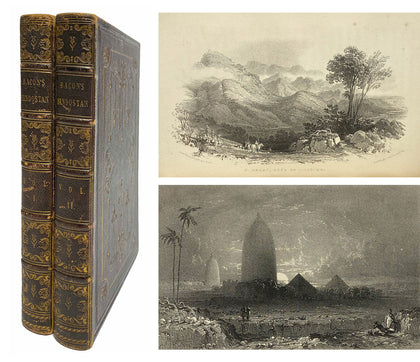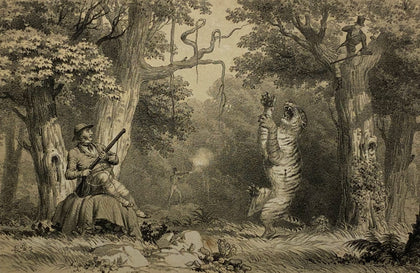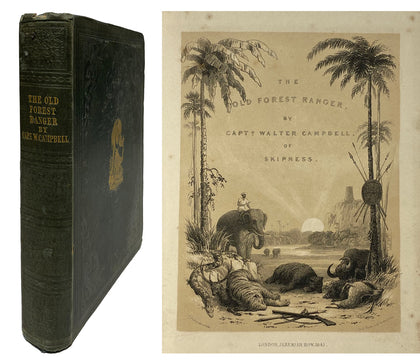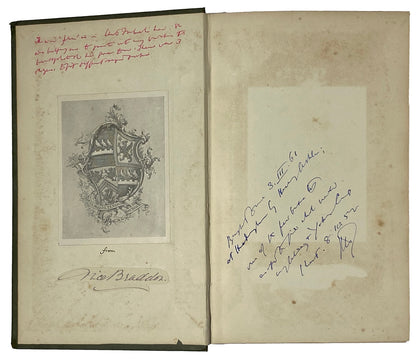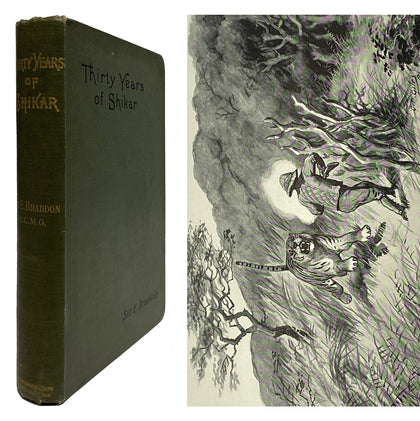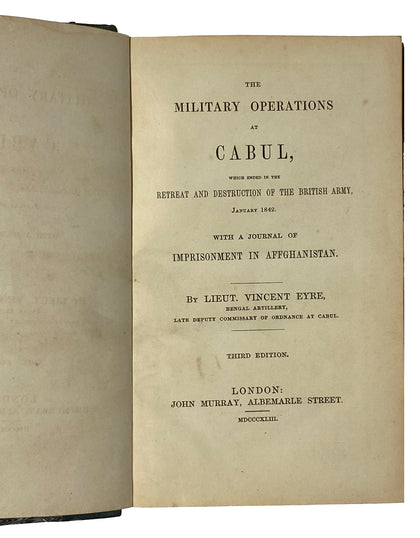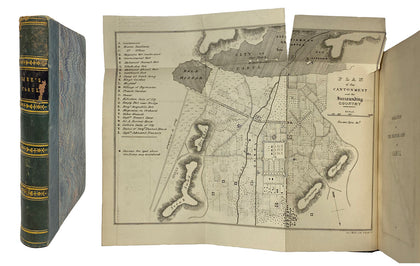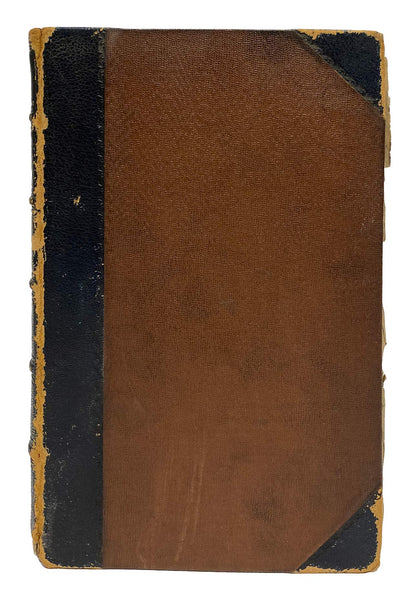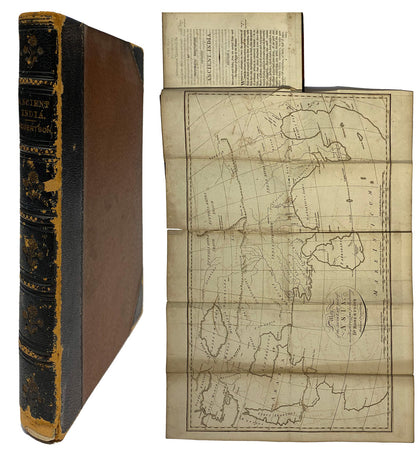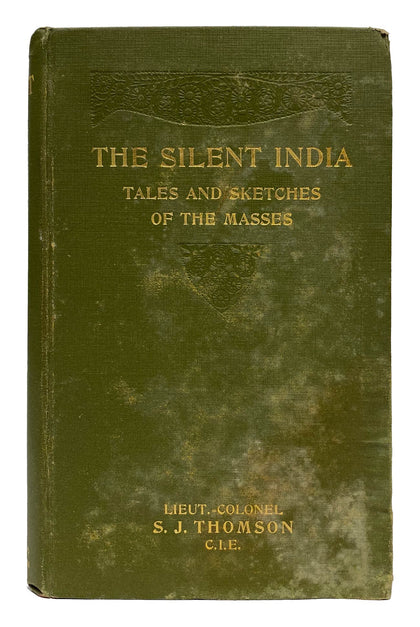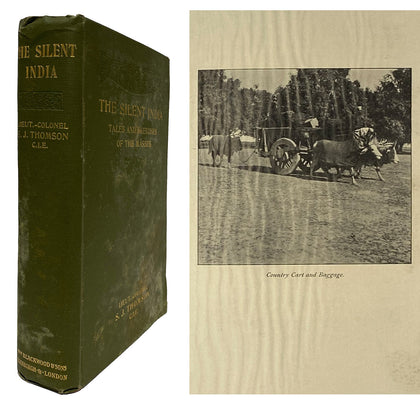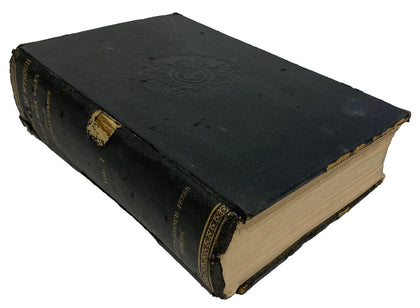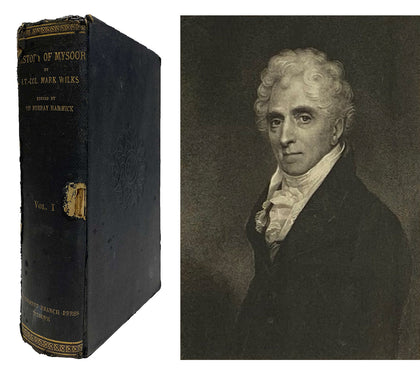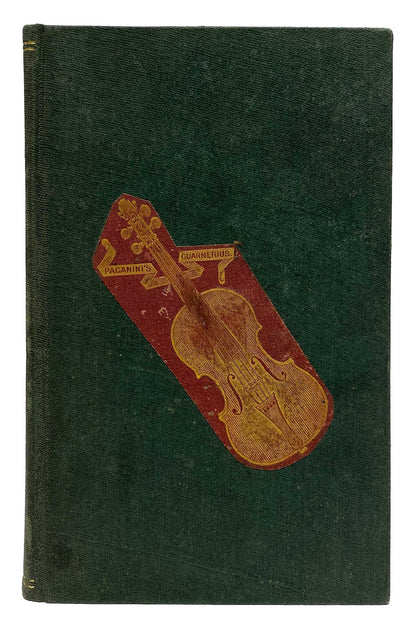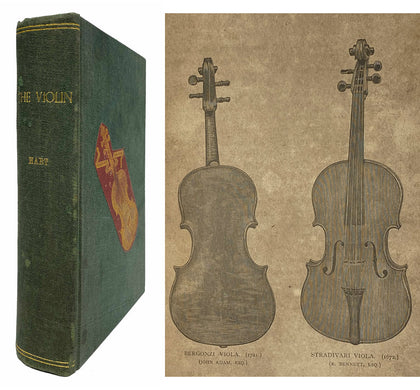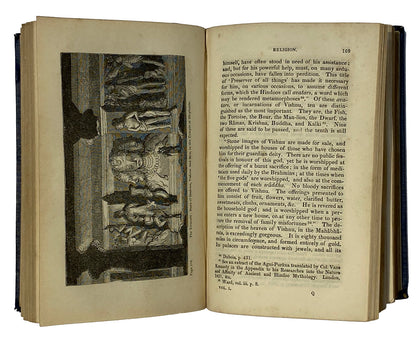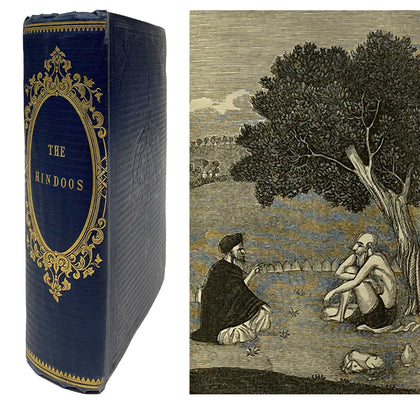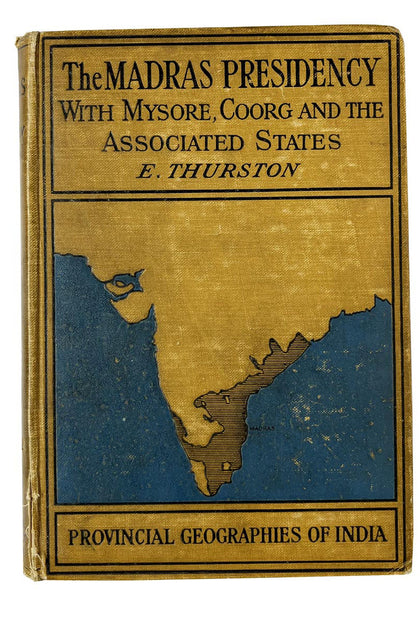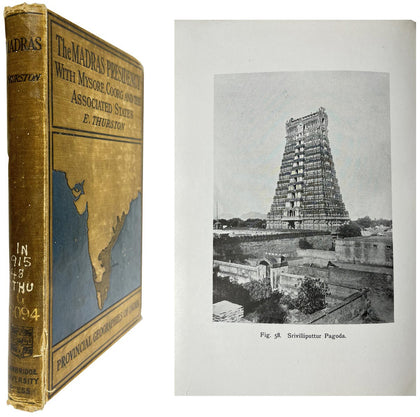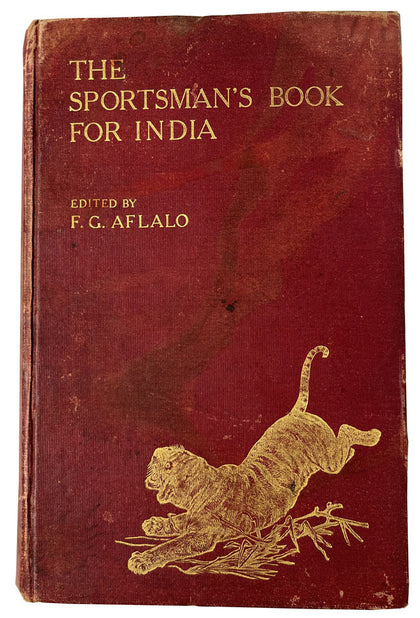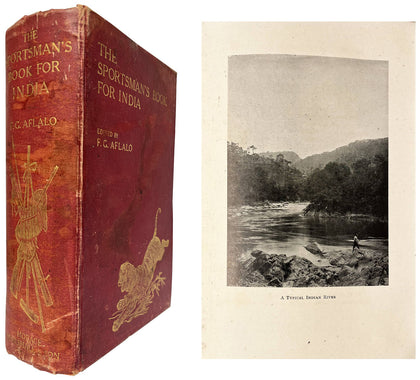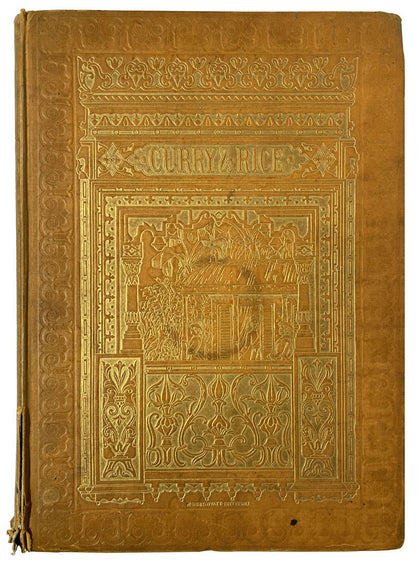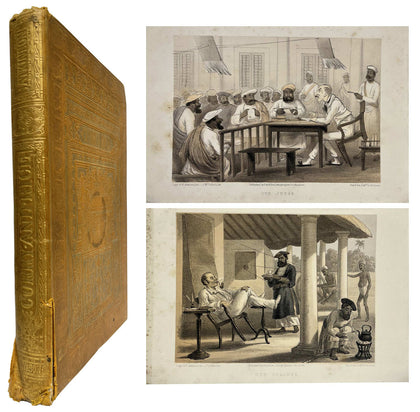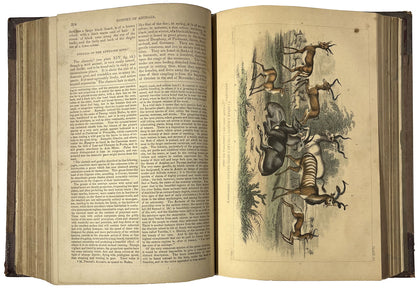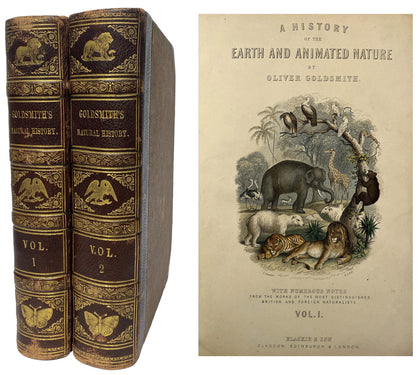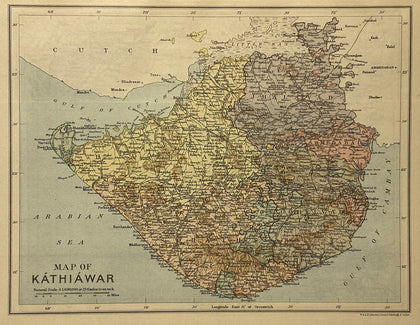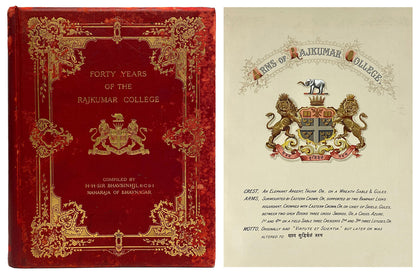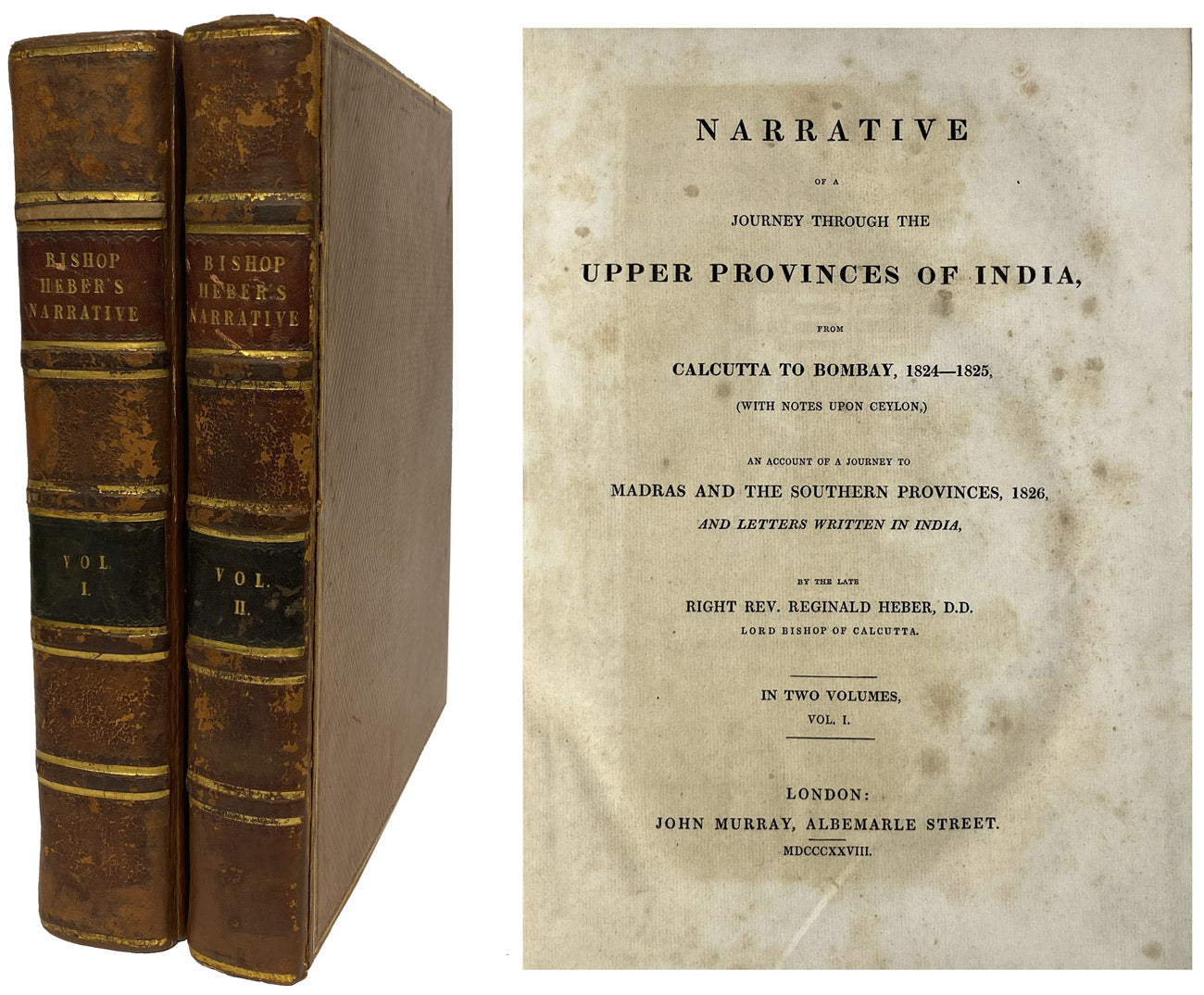Description
First edition in two volumes of the “Narrative of a Journey through the upper provinces of India, from Calcutta to Bombay, 1824-1825.” (With notes upon Ceylon). An account of a journey to Madras and the southern provinces, 1826, and letters written in India by Right Rev. Reginald Heber, Lord Bishop of Calcutta. Published posthumously in London by John Murray, in 1828. Contains 10 steel engraved plates, 25 wood engravings, and an engraved map with coloured route.
Heber details his journey from Calcutta to Bombay between 1824 and 1825, shortly after being consecrated as Bishop of Calcutta. Also present are his remarks upon Ceylon, and an account of a shorter journey to Madras and the Southern provinces of India in 1826, alongside letters written in this period. Heber's main interest is in descriptions of the people and their culture, and in his observation of the great natural beauty of India's rivers and mountains.
Background History:
Richard Heber (1783–1826), a pastor, poet and hymn writer, was appointed Bishop of Kolkata in 1823, which at that time included the whole of India, Sri Lanka and Australia. After three years in India, in which he travelled a great deal, Heber died suddenly while visiting Tiruchirappalli, in 1826 at the age of 42.
Condition:
Very good. With toning and some light foxing. Bound in contemporary calf, gilt filet to front boards, spine gilt with title labels in black. Front board on volume 11 has come loose.
In the front of both books is the bookplate of Francis Mary Richardson Currer, 1785 –1861 perhaps one of the earliest British women bibliophiles. She was said to be “the greatest woman book collector” by the Times in 1906. “It is of course true that, historically, the best-known libraries have belonged to men. Book collecting as a hobby gained popularity in the late seventeenth century and, through the next two hundred years, was pursued as avidly as any sport by men of learning. These ‘book hunters’ were celebrated publicly for their collections, discussing and trading books in clubs, coffee houses and academic spaces – forums from which women were mostly excluded.
It is only in the last century or so that women, broadly speaking, have gained access to the financial, social and academic freedom required to become collectors in their own right, and even more recently that their passions and efforts as collectors have been given credence in the male dominated narrative of bibliophilia. Yet, it would be misleading to believe that female collectors were an entirely unheard-of phenomenon in the past. Despite the odds being stacked against them, numerous women have risen to pre-eminent positions in the history of book collecting, though their names or pursuits may not be readily remembered.
From Fatima al-Fehri, who founded what is now the world’s oldest functioning library in 859 CE, to Queen Elizabeth I, whose passion for books saw her lavishly hand-embroider several of her own collection, historical role models for women collectors are present, if not abundant. But perhaps one of the earliest British bibliophiles whose collection received some of its due recognition in her day was Frances Mary Richardson Currer.
Declared by the Times in 1906 to be “the greatest woman book collector” no less, Currer had inherited a substantial library, but its expansion and curation was clearly a labour of love throughout her life. She lived at Eshton Hall in Yorkshire, not far from the Brontës at Haworth, and was known in the area as a social philanthropist. She was the generous patroness of the local school attended by the Brontë sisters and there is evidence to suggest she aided the family through a time of financial hardship. It is likely that Charlotte Brontë’s pen name, Currer Bell, under which she first published her poems and novels, acknowledges this debt of gratitude.

































































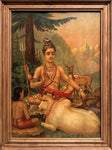















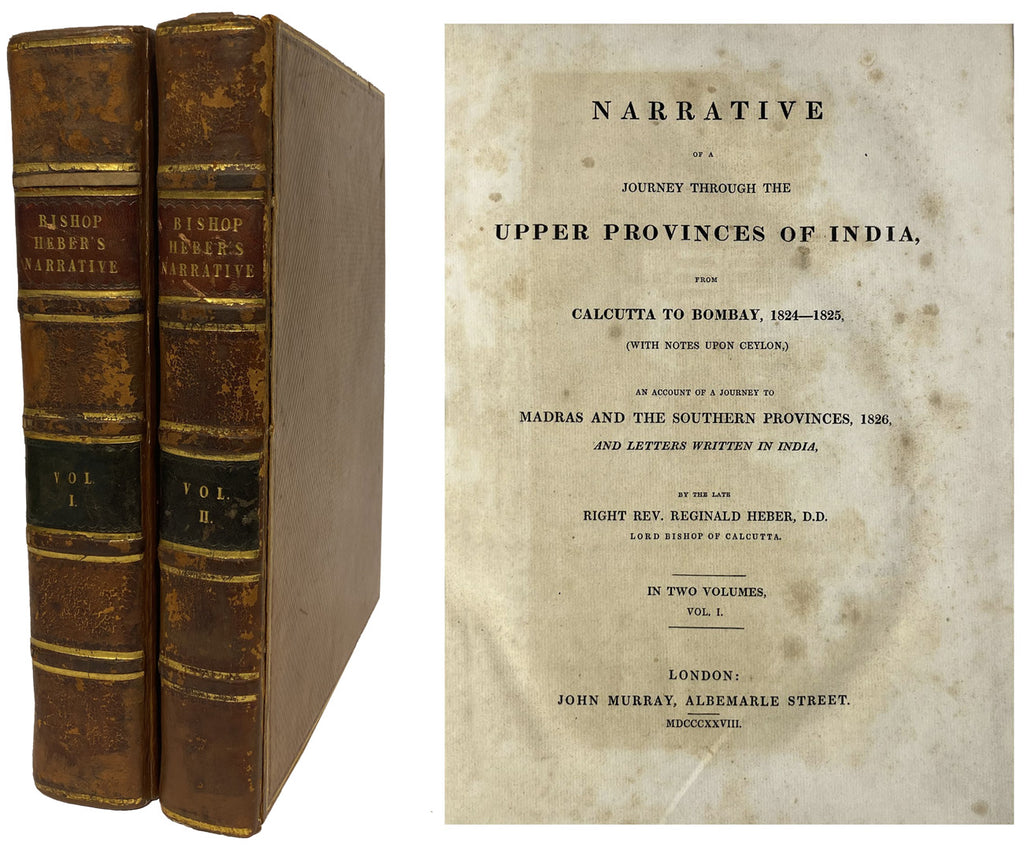
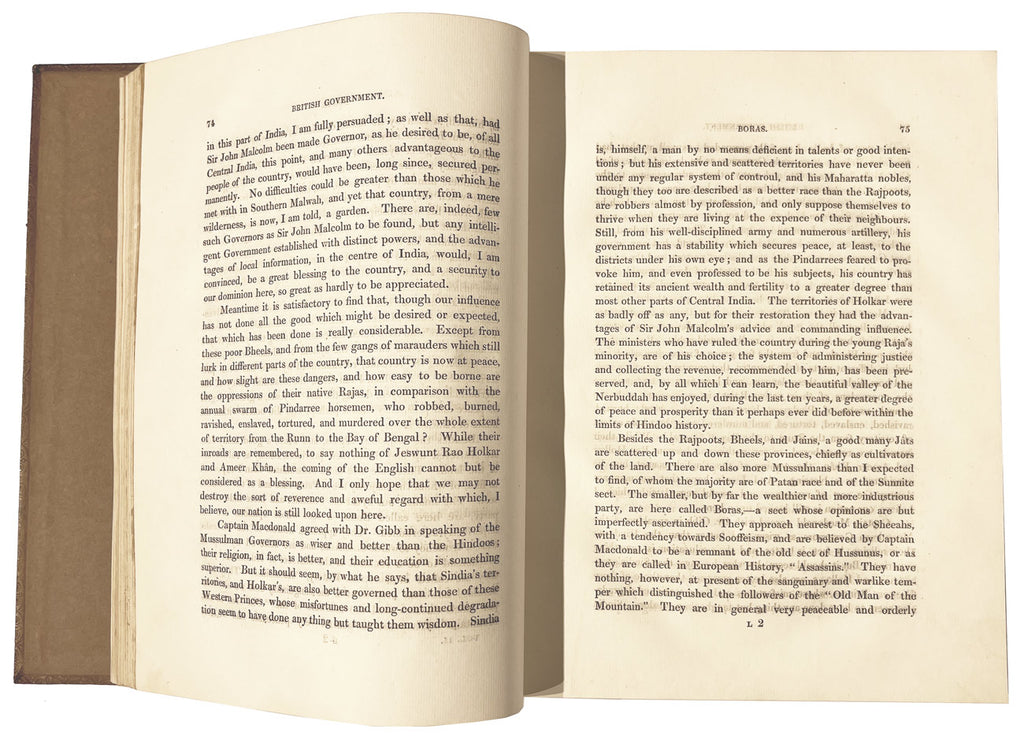
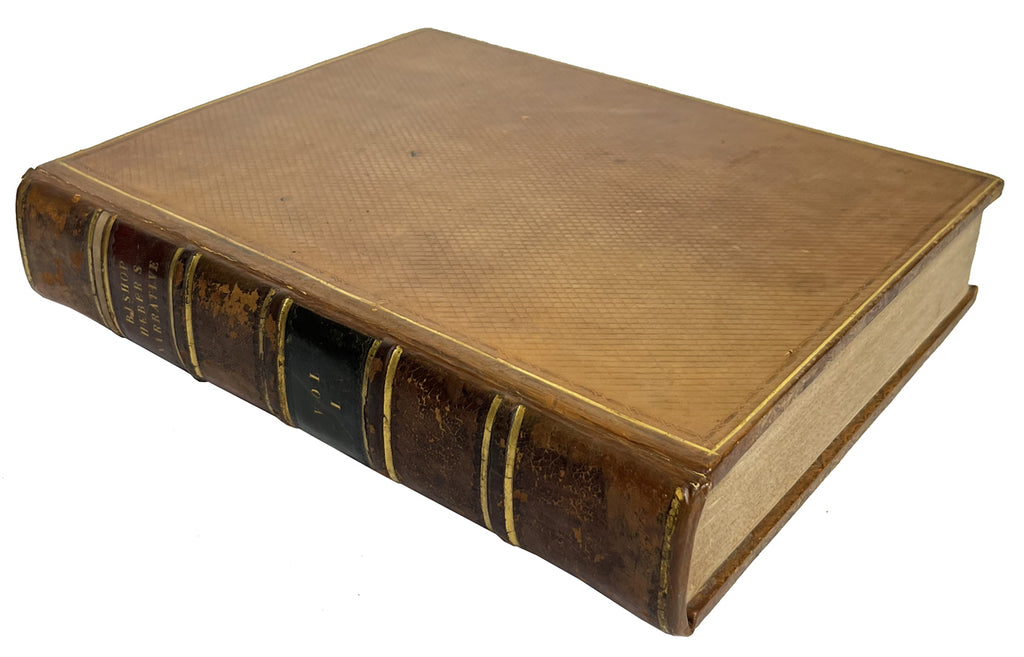
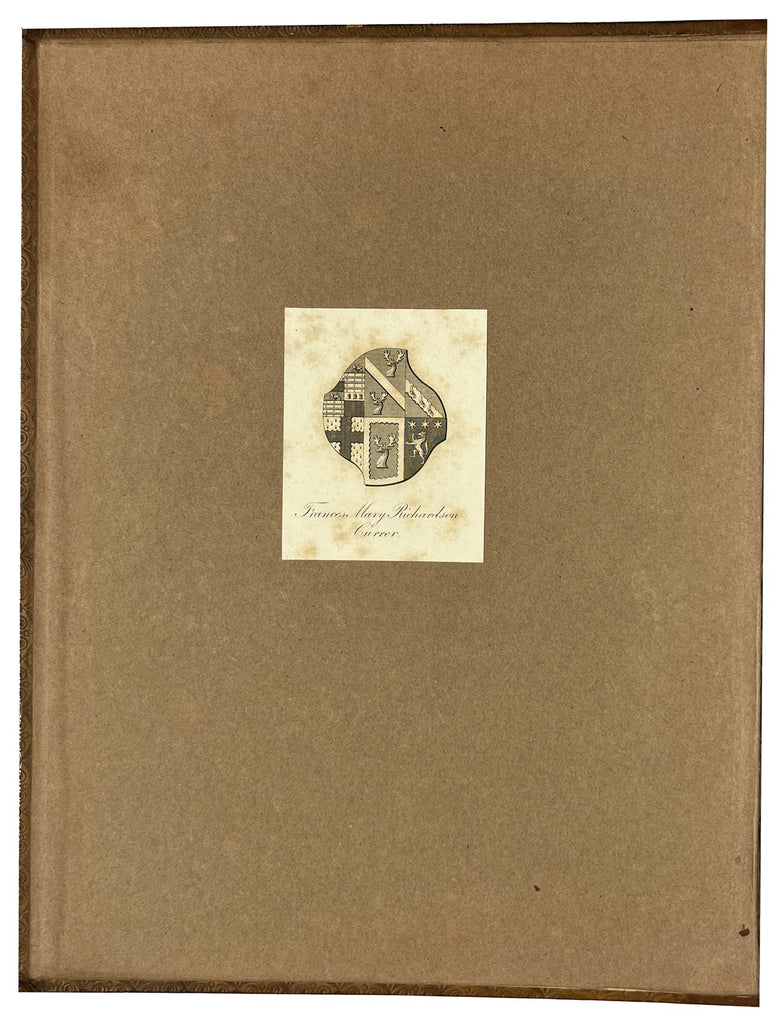
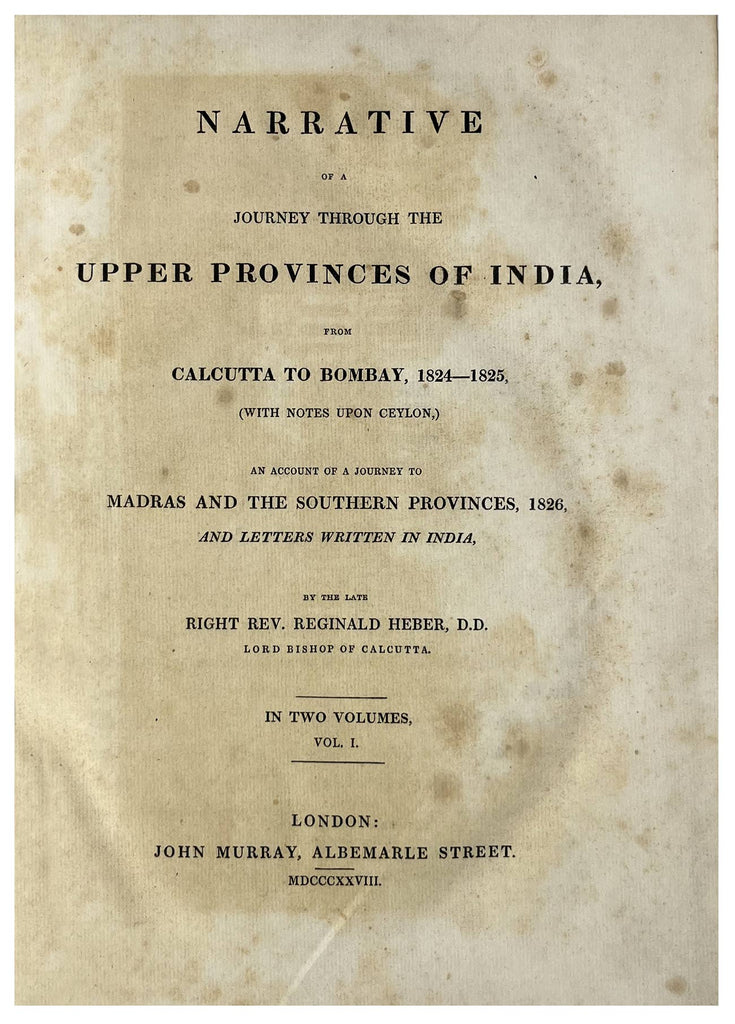
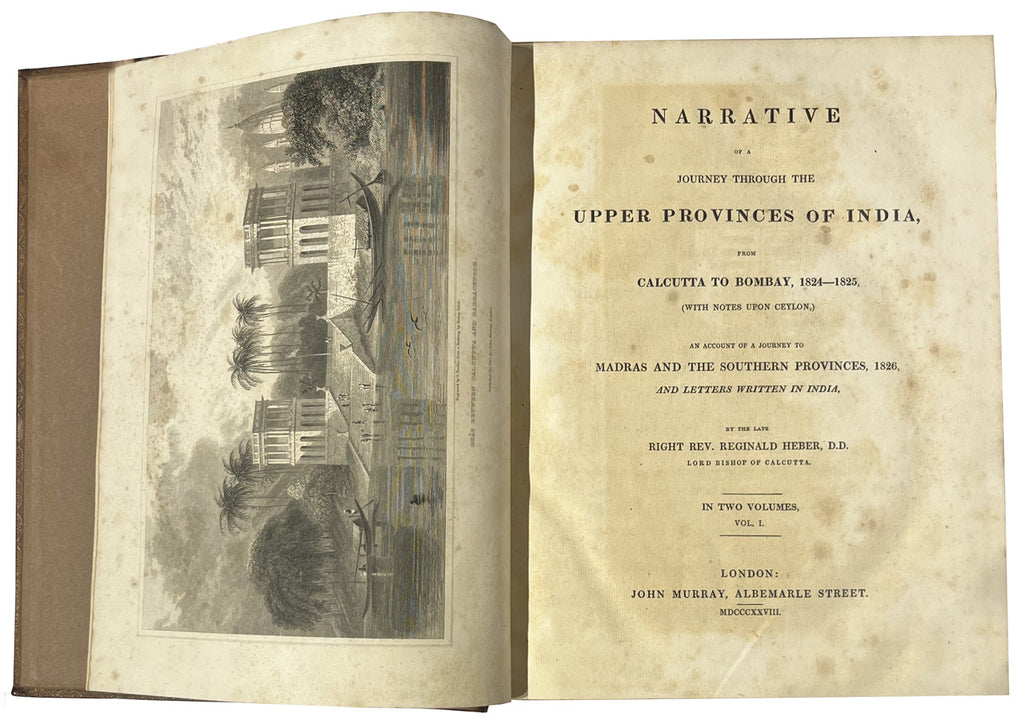
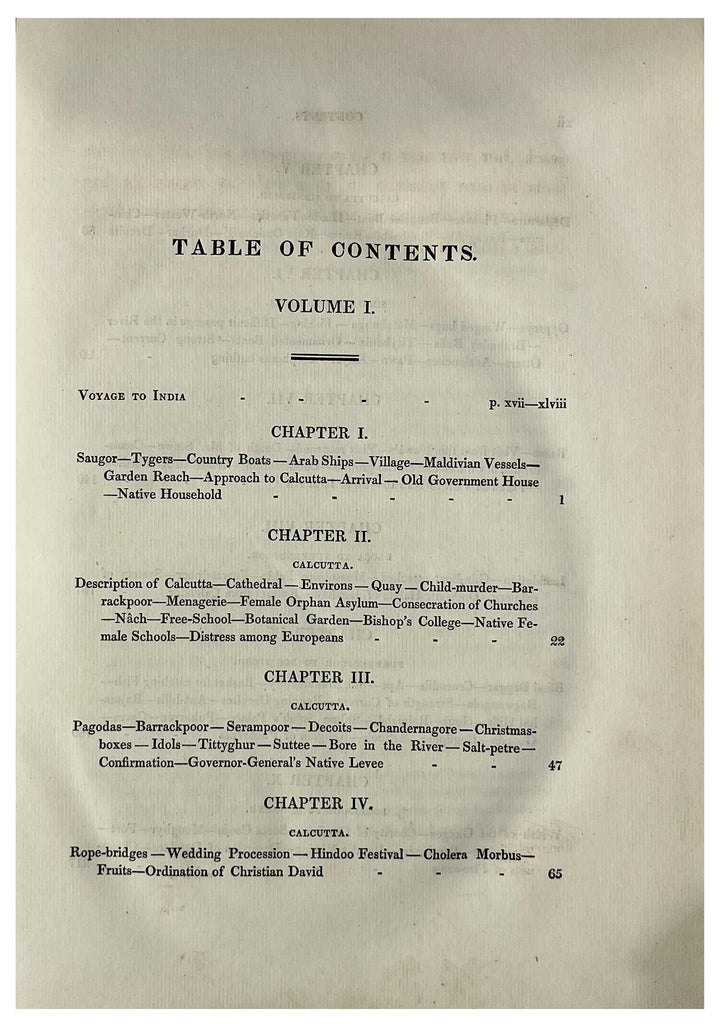
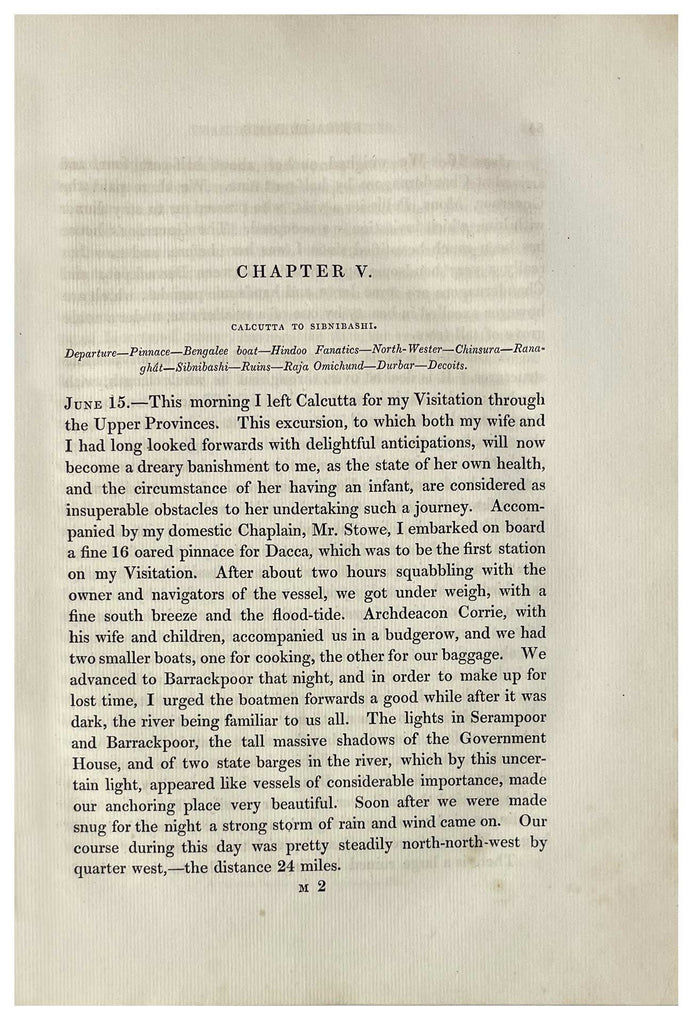
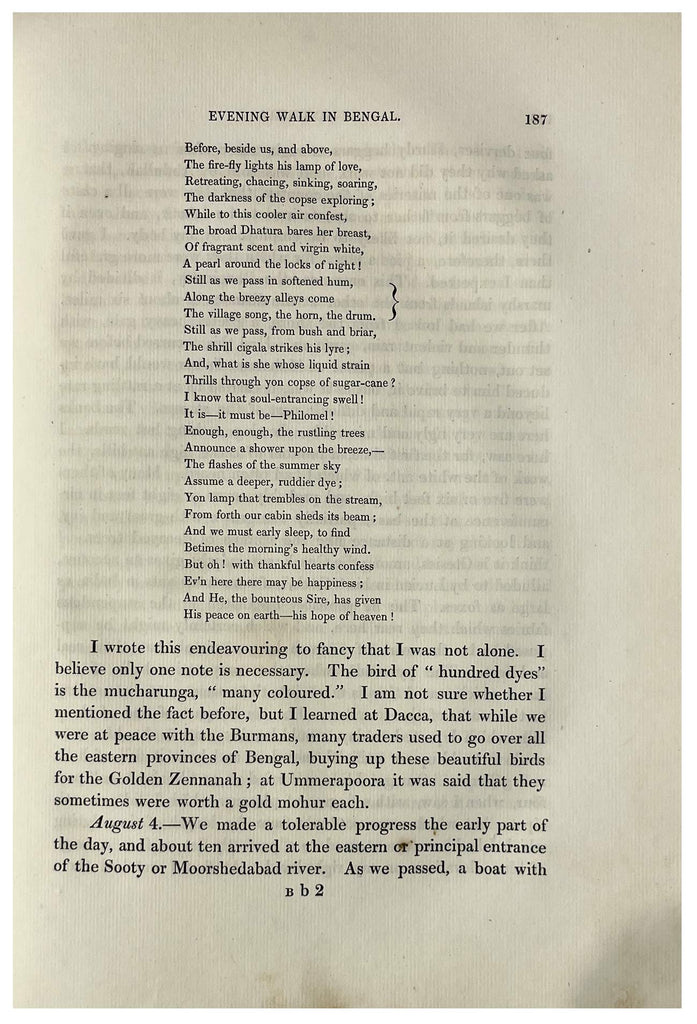
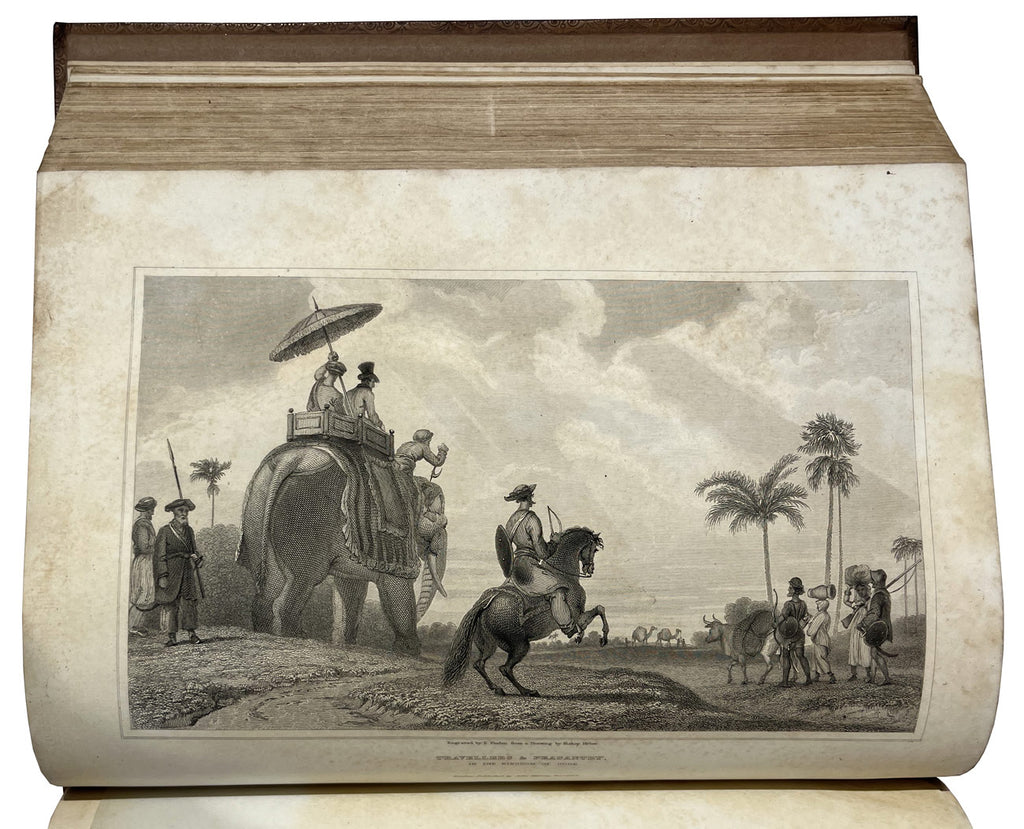
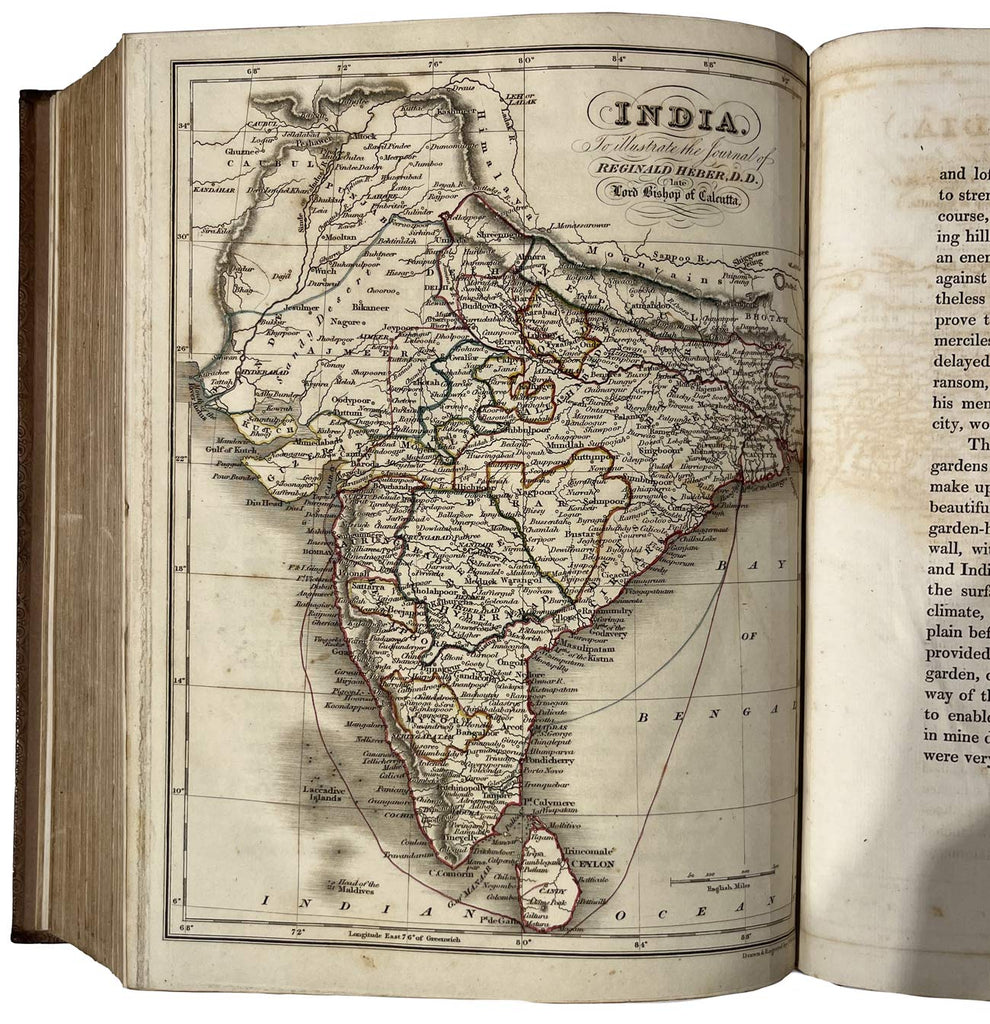
 View Full Screen
View Full Screen
